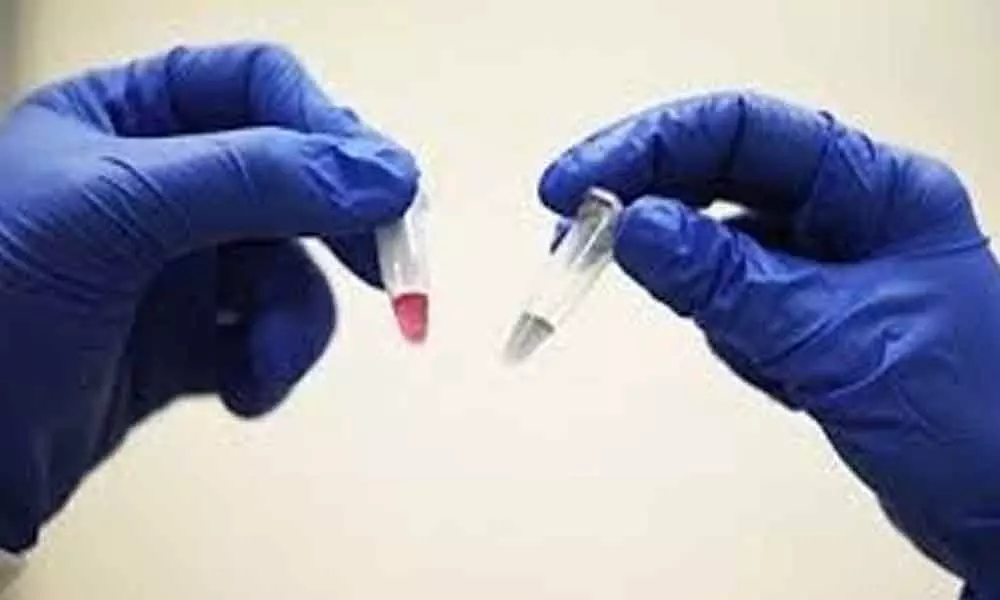Tiny devices developed to detect cancer

Researchers from Duke University in the US, have created a new cancer-detecting tool, which uses tiny circuits made up of DNA to identify cancer cells by the molecular signatures on their surface.
According to the study published in the Journal of the American Chemical Society, the research team fashioned the simple circuits from interacting strands of synthetic DNA that are tens of thousands of times finer than a human hair.
Unlike the circuits in a computer, these circuits work by attaching to the outside of a cell and analysing it for proteins found in greater numbers on some cell types than others. If a circuit finds its targets, it labels the cell with a tiny light-up tag.
Because the devices distinguish cell types with higher specificity than previous methods, the researchers hope their work might improve diagnosis, and give cancer therapies better aim.
For the findings, the research team designed a DNA circuit that must latch onto that specific combination of proteins on the same cell to work. "As a result they're much less likely to flag the wrong cells," said study researcher John Reif.
Each basic element of their DNA circuit consists of two DNA strands. The first DNA strand folds over and partially pairs up with itself to form a hairpin shape.
One end of each hairpin is bound to a second strand of DNA that acts as a lock and tether, folding in such a way to fit a specific cell surface protein like a puzzle piece. Together these two strands act to verify that that particular protein is present on the cell surface.
To look for cancer, the circuit components are mixed with a person's cells in the lab. If any cells are studded with the right combination of proteins, the complete circuit will attach.Adding a strand of "initiator" DNA then causes one of the hairpins to open, which in turn triggers another in a chain reaction until the last hairpin in the circuit is opened and the cell lights up.
Test runs of the device in test tubes in Reif's lab showed it can be used to detect leukemia cells and to distinguish them from other types of cancer within a matter of hours, just by the strength of their glow.
The devices can be easily reconfigured to detect different cell surface proteins by replacing the tether strands, the researchers said. The technology could be used as a screening tool to help rule out cancer, which could mean fewer unnecessary follow-ups, or to develop more targeted cancer treatments with fewer side effects.
In the future, Reif plans for the DNA circuits to release a small molecule that alerts the body's immune system to attack the cancer cell.


















